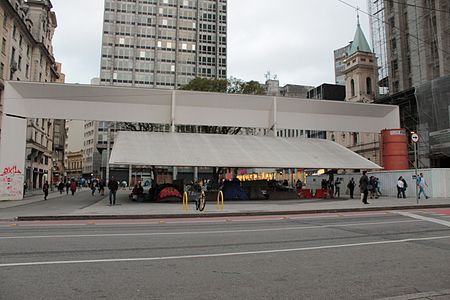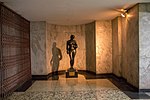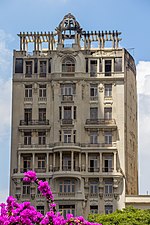Patriarca Square

The Patriarca Square (Portuguese: Praça do Patriarca) is located in the Sé district, in the historic center of the Brazilian city of São Paulo. It was inaugurated without a name in the 1910s and remained so until 1922, the year of the centenary of Brazil's Independence, when it was renamed Patriarca José Bonifácio Square; in the 1950s it was shortened to Patriarca Square.The place connects to important points in the city center, such as: Anhangabaú Valley, Viaduto do Chá, and Líbero Badaró, Direita, São Bento, Quitanda and 15 de Novembro Streets. The area is home to the Othon Palace Hotel and the Barão de Iguape and Sampaio Moreira buildings. The Church of Saint Anthony, which is considered to be the oldest church in the center, is in the square.
Excerpt from the Wikipedia article Patriarca Square (License: CC BY-SA 3.0, Authors, Images).Patriarca Square
Praça do Patriarca, São Paulo Glicério
Geographical coordinates (GPS) Address Nearby Places Show on map
Geographical coordinates (GPS)
| Latitude | Longitude |
|---|---|
| N -23.547777777778 ° | E -46.636388888889 ° |
Address
World Tennis
Praça do Patriarca 27
01002-010 São Paulo, Glicério
São Paulo, Brazil
Open on Google Maps











